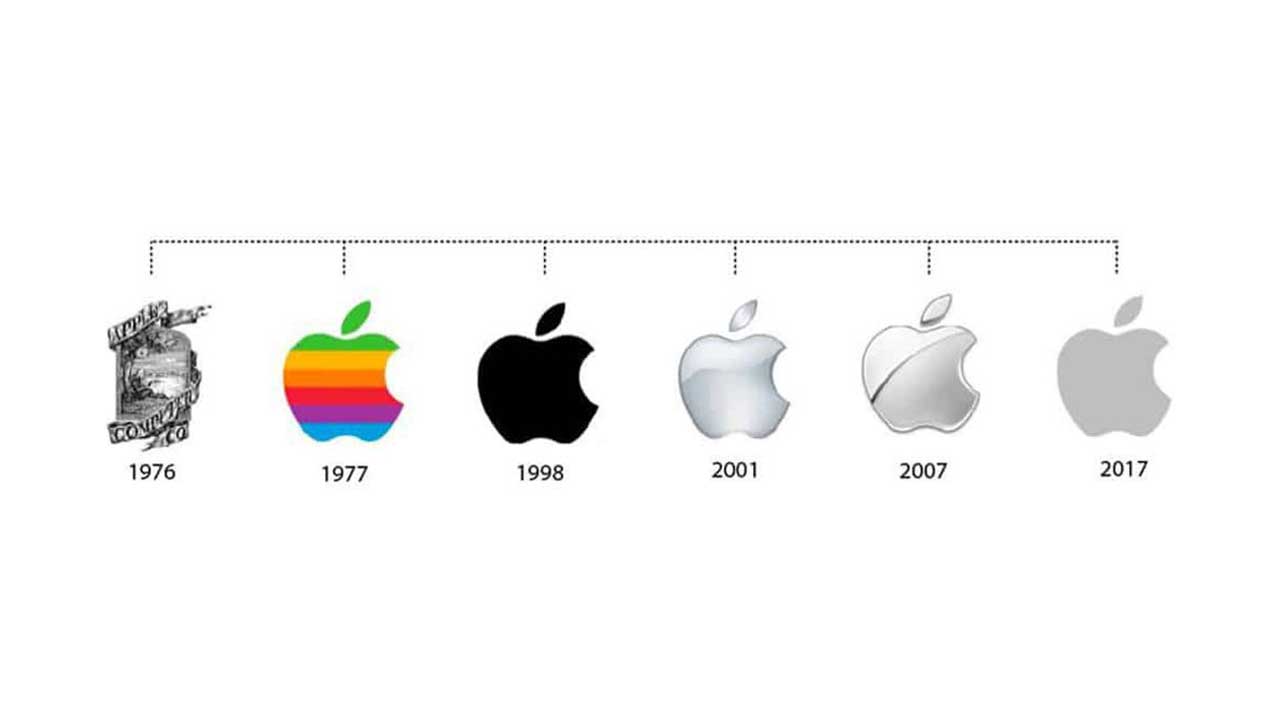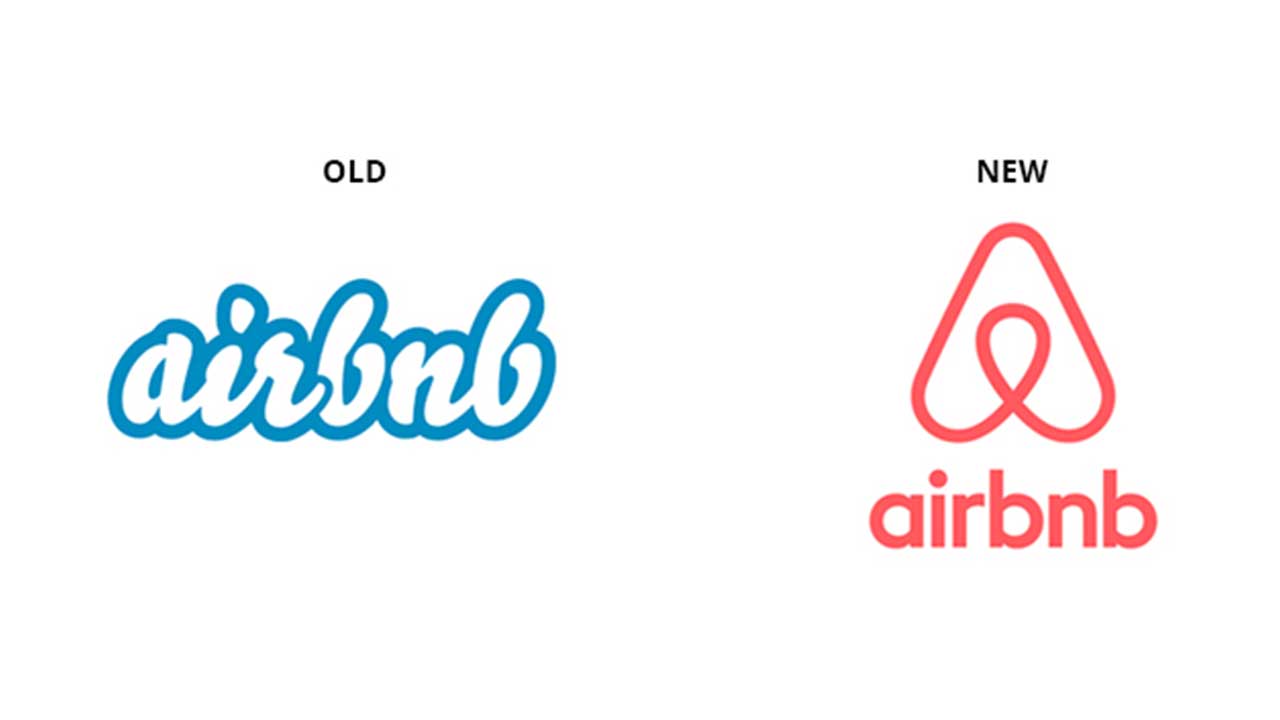Rebranding is the process of changing the corporate image of a company or organization. This can include changes to the logo, name, branding, and marketing strategy. Rebranding is often done to reflect a change in the company’s direction or to distance the company from negative connotations.
Rebranding can also be done to create a new image for a company that has been acquired or merged with another company. This can help to establish a new identity for the combined company and help to distinguish it from the previous brands.
I can help you with Rebranding, Email me!
Rebranding can be a complex and costly process, as it involves not only changes to the visual identity of the company, but also changes to the company’s messaging and positioning. It can also require changes to the company’s website, marketing materials, and social media presence.
Rebranding can also be used to refresh the image of a company that has been around for a long time and wants to appear more modern or relevant. It can also be used to change the way the company is perceived by consumers, investors, or other stakeholders.
Rebranding can be a risky move, as it can alienate existing customers who are familiar with the old brand. Therefore, it is important to communicate the reasons for the rebranding and to ensure that the new brand is well-received by the target audience.
Rebranding types
Rebranding can take different forms depending on the goals of the company and the changes they want to make to their image. Some common types of rebranding include:
- Visual rebranding: This type of rebranding focuses on updating the company’s visual identity, such as its logo, colors, typography, and imagery. This can be done to give the company a fresh, modern look or to appeal to a different target audience.
- Name rebranding: This type of rebranding involves changing the company’s name. This can be done to create a new identity for a merged or acquired company, or to distance the company from negative connotations associated with its previous name.
- Positioning rebranding: This type of rebranding involves changing the company’s messaging and positioning to reflect a new direction or focus for the company. This can be done to appeal to a different target audience or to differentiate the company from its competitors.
- Digital rebranding: This type of rebranding involves updating the company’s digital presence, such as its website, social media profiles, and online marketing materials. This can be done to align the company’s digital presence with its new brand identity.
- Experiential rebranding: This type of rebranding involves making changes to the customer experience, such as updating the design of the company’s physical locations or revising its customer service policies. This can be done to create a better customer experience and to differentiate the company from its competitors.
- Operational rebranding: This type of rebranding involves making changes to the company’s internal operations and processes. This can be done to align the company’s operations with its new brand identity or to improve efficiency and profitability.
Rebranding can also combine different types, for example, a company may change its visual identity, name, and positioning all at once to create a new image for the company.
Logo rebranding types
- Evolutionary rebranding: This type of logo rebranding involves updating an existing logo to make it more modern or relevant, while still maintaining the core elements of the original logo. This can be done to refresh the company’s image without alienating existing customers.
- Revolutionary rebranding: This type of logo rebranding involves creating a completely new logo that is distinct from the previous logo. This can be done to distance the company from negative connotations associated with the previous logo or to create a new image for the company.
There are many examples of successful rebranding in the business world. Some notable examples include:
Apple

In the late 1990s, Apple underwent a major rebranding effort that helped to reposition the company as a leader in the personal computer and consumer electronics market. The company’s new “Think Different” campaign, which featured iconic figures such as Albert Einstein and Martin Luther King Jr., helped to establish Apple as a brand that stood for innovation and creativity.
Airbnb

In 2014, Airbnb rebranded to a more modern and minimalist logo, which help them to connect better with potential users. This rebranding helped to position the company as a more upscale and sophisticated alternative to traditional hotels.
Mastercard

In 2016, Mastercard rebranded their logo, which helped to modernize their image and better communicate the company’s role in the digital economy.
Overall, rebranding can be a powerful tool for companies looking to change their image and attract new customers. However, it should be approached with care and a thorough understanding of the company’s target audience and the reasons for the rebranding.